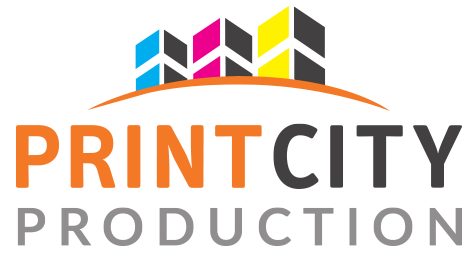If you’re thinking about self-publishing your manuscript into a book, there are some choices in the binding that you’ll have to make part-way through the publishing process, if the book has any size to it. The choice you make in the binding will make a difference in the way your book will lay open while being read.
The two main types of binding for books are the saddle-stitch and the perfect binding. The following will help you to understand these two types so that you can make a better choice:
– Saddle Stitch: If a book is less than 64 pages, the printer can make a very reasonable copy of the book with saddle stitching, which is a series of staples through the binding to hold the book together. Saddle stitch has some advantages over perfect binding in that it is cost effective, and the book can more easily lay open while being read. The more pages a book contains, the more difficult it is to saddle stitch a book, so it is reserved for smaller books or booklets. The length of the book will determine the amount of staples to be used to hold the book together.
The saddle stitch is so named because the pages are draped over a saddle-type object while being stapled together. Some common types of publications that utilize saddle stitching are calendars, small booklets, company newsletters, informational pamphlets, direct mail, comic books, many magazines, and corporate catalogs.
Perfect Binding: Increasingly replacing the old sewn-together binding that was once the norm, perfect binding is instead a method of cutting off the ends of the pages and gluing them together at the spine with a very strong yet pliable glue. After gluing, the pages are trimmed to perfect the edges of the book. This is probably the most common form of binding in the current printing market. Almost all softcover books sold in bookstores are now perfect binding examples. Besides the glued binding, perfect binding’s spine uses a heavy card stock and the cover is usually clear coated, for great durability of the product. The spine is made flat in order for the title of the book and the name of the author to be printed directly onto the spine, if the book is large enough.
Perfect binding books do not lay open as easily as saddle stitched books, and in books with over 200 pages it can be a bit difficult to open the book far enough to see the inside margin words. Readers must bend the book in order to read the insides of the pages, which puts a strain on the binding. The ideal length of a book for perfect binding is between 40 and 180 pages.
The cost of perfect binding is also very cost effective and produces a superior product. Authors who wish to self-publish their work have the option of perfect binding, which allows them to create a professional-looking book which costs very little, especially with the print-on-demand availability open to authors available now.
A book that has perfect binding is not as durable as a hardcover book, but is still made fairly well. Some types of books that commonly use perfect binding are business reports, automobile and other manuals, corporate catalogs, thick brochures, and self-published works, generally 40 pages or more. The bigger the book, the better candidate the manuscript is for perfect binding.
With all of the choices and free tools available to authors, it is no wonder so many booklet printing companies are flooding the marketplace. It appears as though everyone has something to say.
